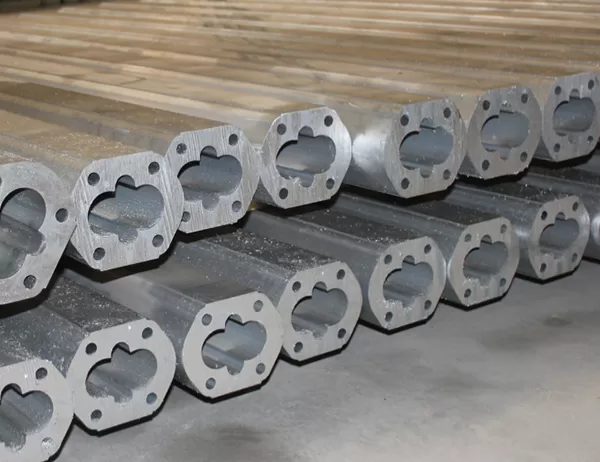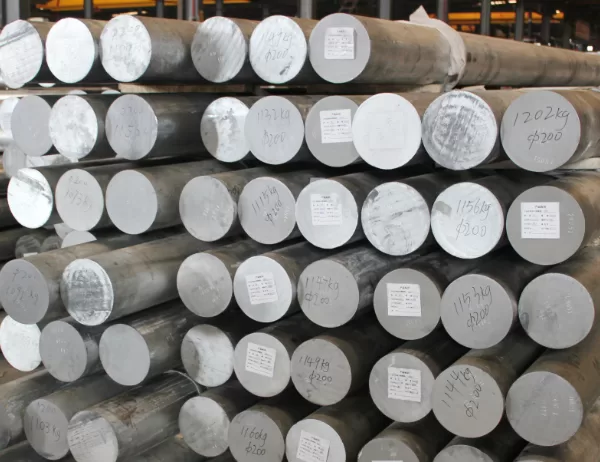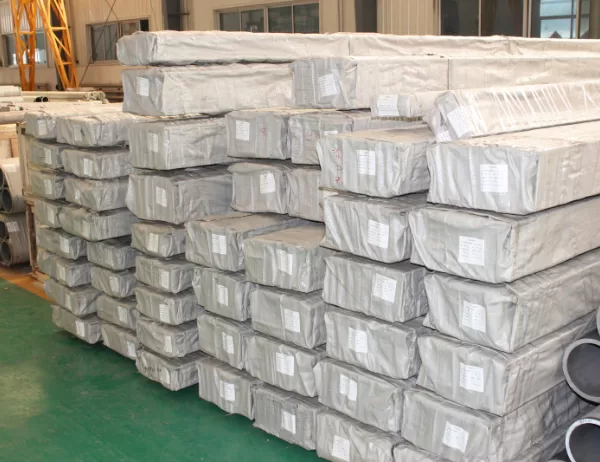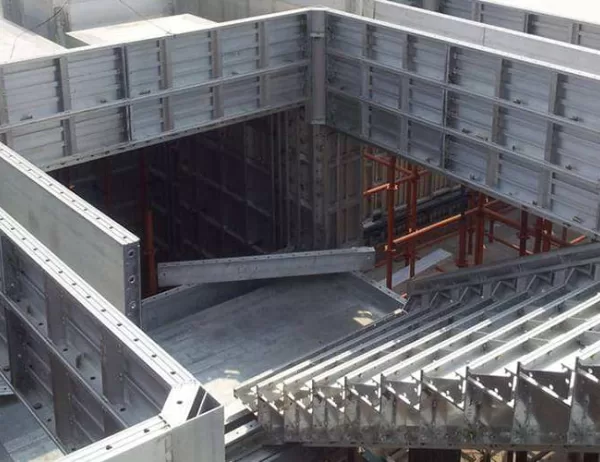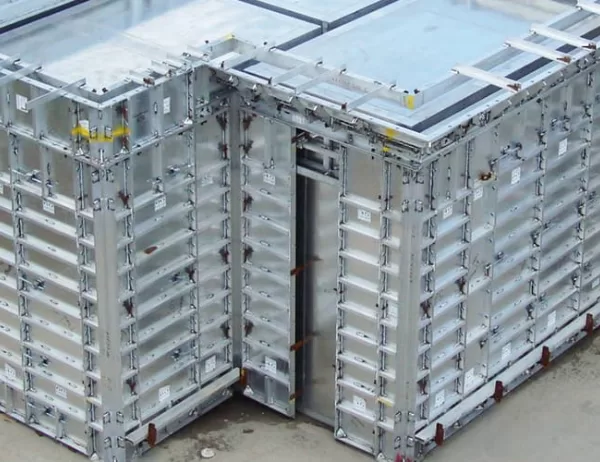Inverter heat sinks play a crucial role in dissipating heat generated by electronic devices such as inverters, power converters, and motor drives. They prevent overheating, ensuring efficient operation and extending the lifespan of these devices. Selecting the right material for the heat sink is critical, as it directly affects its thermal performance and overall effectiveness. In this article, we will explore the benefits of using aluminum and copper as materials for inverter heat sinks, comparing their key properties and providing insights on their suitability for different applications.
Thermal Conductivity
Thermal conductivity measures a material’s ability to conduct heat. Copper has a significantly higher thermal conductivity (401 W/mK) than aluminum (237 W/mK), making it a more efficient conductor of heat. This means that copper heat sinks can dissipate heat more effectively, leading to lower operating temperatures for the electronic devices they cool. However, the thermal conductivity advantage of copper comes at a premium, as it is a more expensive material than aluminum.
Weight and Density
Aluminum is a lightweight material with a density of 2.7 g/cm³, while copper has a density of 8.96 g/cm³. This significant difference in density makes aluminum heat sinks much lighter than their copper counterparts. In applications where weight is a critical factor, such as in aerospace or portable devices, aluminum heat sinks offer a clear advantage.
Corrosion Resistance
Copper has good corrosion resistance in most environments, but it is susceptible to tarnishing and corrosion in the presence of oxygen and moisture. Aluminum, on the other hand, forms a protective oxide layer on its surface, making it highly resistant to corrosion in various conditions. This property makes aluminum heat sinks suitable for use in harsh or wet environments, such as outdoor applications or industries with high humidity.
Cost and Availability
Copper is a more expensive material than aluminum, and its price can fluctuate due to market supply and demand. Aluminum, on the other hand, is a relatively inexpensive and readily available material. This cost advantage makes aluminum heat sinks more economical for large-scale production or applications where cost is a primary concern.
Machinability
Aluminum is a softer and more malleable material compared to copper, making it easier to machine and fabricate into complex shapes. This allows for the design and production of customized heat sinks that precisely fit the cooling requirements of specific electronic devices.
Conclusion
The choice between aluminum and copper inverter heat sinks depends on the specific application requirements. Copper heat sinks offer superior thermal conductivity, enabling them to dissipate heat more effectively, but they are more expensive and heavier than aluminum heat sinks. Aluminum heat sinks, on the other hand, are lightweight, corrosion-resistant, and economical, making them suitable for applications where weight, cost, or harsh environments are factors. Ultimately, the selection of the appropriate material should consider a balance of thermal performance, weight, cost, and specific application requirements.
